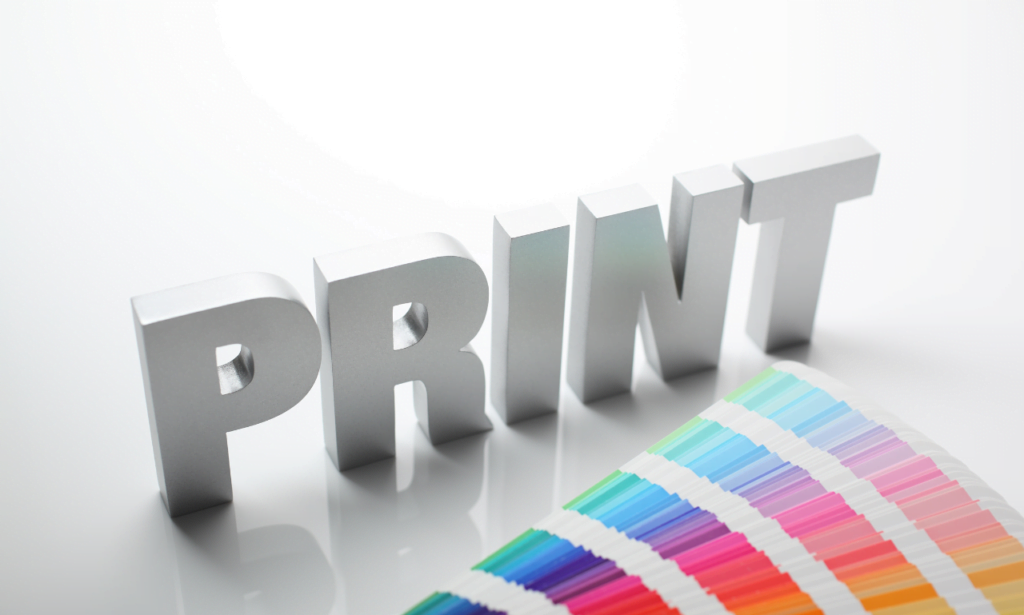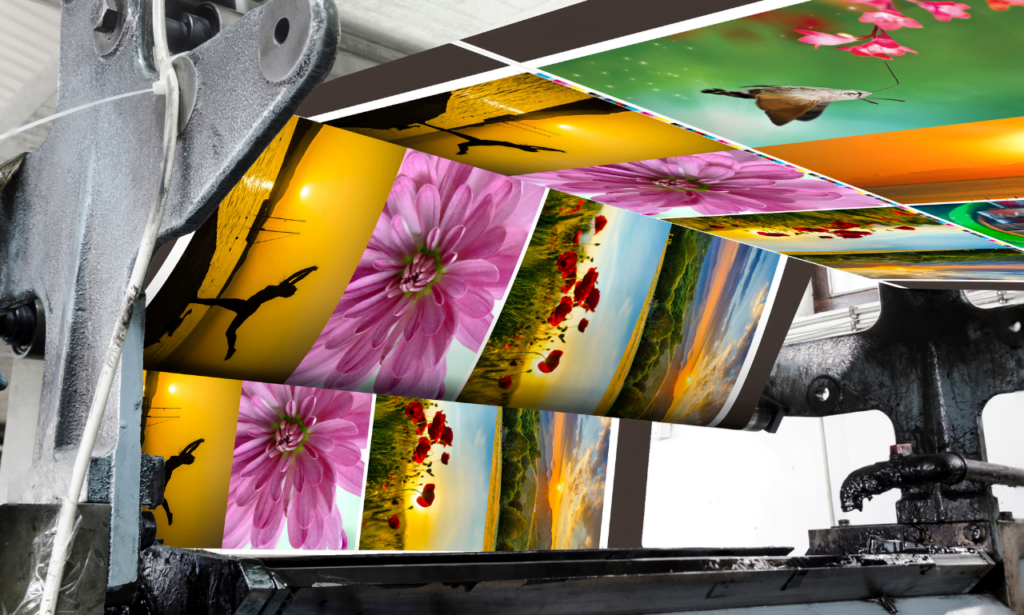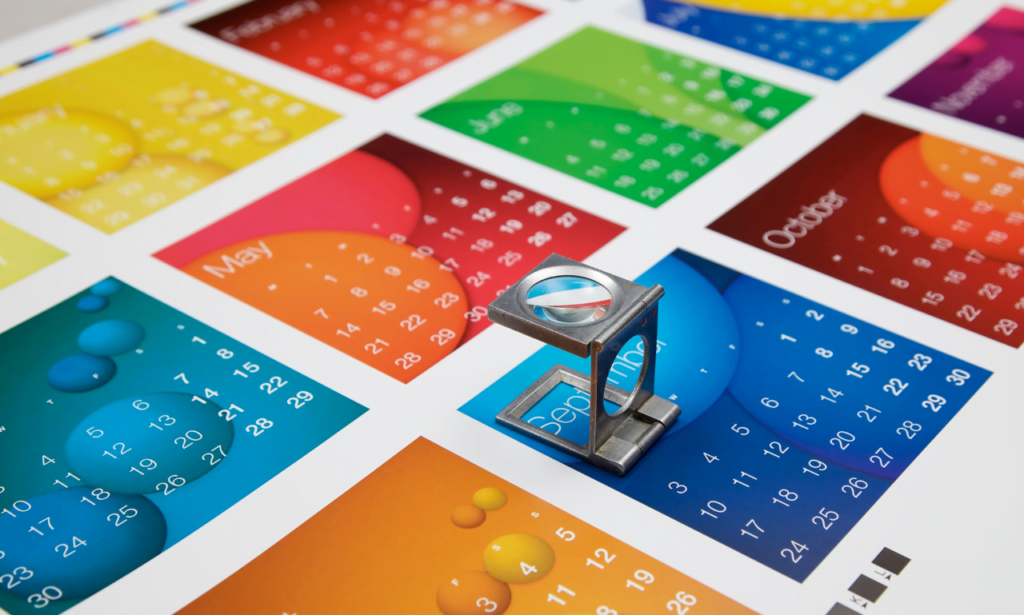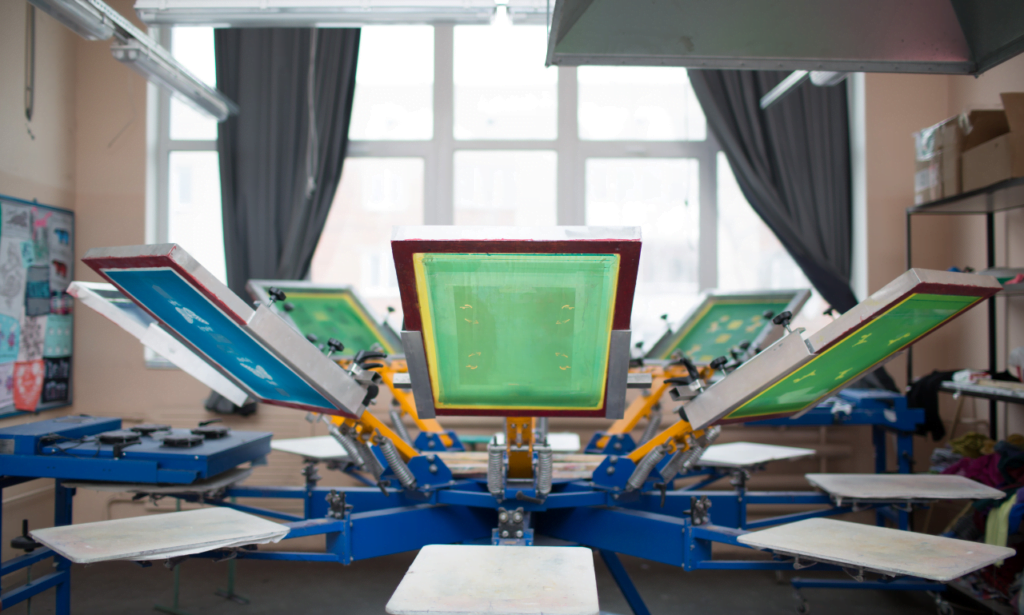
- Introduction
Graphic design has undergone a remarkable transformation over the past century. From the intricate print designs of the early 20th century to the dynamic digital interfaces of today, the evolution of graphic design reflects broader technological, cultural, and societal shifts. In this blog, we’ll take a journey through the history of graphic design, exploring key milestones and the impact of digital technology on this creative field.
The Early Days: Print Design

- The Birth of Graphic Design
Graphic design as a profession began to take shape in the late 19th and early 20th centuries. Influenced by the Industrial Revolution, designers started to use new printing technologies to create posters, advertisements, and packaging. Early pioneers like William Morris and the Bauhaus movement emphasized the importance of aesthetics and functionality, setting the stage for modern graphic design.
Key Innovations
Lithography: Invented in the late 18th century, lithography allowed for high-quality, mass-produced prints. This technology became a staple in advertising and poster design.

Typography: The development of new typefaces and the art of arranging type became central to print design. Designers like Jan Tschichold and his “New Typography” principles revolutionized the way text was used in design.

The Shift to Digital
- The Advent of Computers
The introduction of computers in the 1980s marked the beginning of a new era in graphic design. The Apple Macintosh, released in 1984, was a game-changer, providing designers with powerful tools to create digital artwork. Software like Adobe Illustrator and Photoshop, launched in the late 1980s and early 1990s, further revolutionized the field.
- Digital Typography
Digital technology also transformed typography. Designers could now create and manipulate typefaces with unprecedented precision. The ability to experiment with type in a digital space led to a resurgence of interest in typography, with designers exploring new and innovative ways to use text.
- Web Design
The rise of the internet in the mid-1990s introduced an entirely new medium for graphic designers. Web design required a different approach, focusing on user experience (UX) and interactivity. The shift from static print to dynamic web pages challenged designers to think about how users would interact with their work in a digital environment.
The Impact of Digital Technology

- Accessibility and Flexibility
Digital tools have made graphic design more accessible to a broader audience. Aspiring designers no longer need expensive equipment or materials; a computer and design software are enough to get started. This democratization of design has led to a proliferation of creative talent and a more diverse range of design styles.
- Speed and Efficiency
The digital era has dramatically increased the speed and efficiency of the design process. Tasks that once took days or weeks can now be completed in hours. This efficiency allows designers to take on more projects and iterate quickly, leading to more innovative and polished final products.
- Collaboration and Remote Work
Digital technology has also made collaboration easier. Cloud-based tools and platforms enable designers to work together in real-time, regardless of their physical location. This has opened up opportunities for remote work and global collaboration, allowing designers to connect with clients and colleagues around the world.
Conclusion
The evolution of graphic design from print to digital reflects broader technological advancements and changing societal needs. From the meticulous craftsmanship of early print designs to the dynamic and interactive digital interfaces of today, graphic design continues to evolve, pushing the boundaries of creativity and functionality. As we look to the future, emerging technologies like AI, VR, and AR promise to further revolutionize this exciting field, offering new opportunities and challenges for designers.